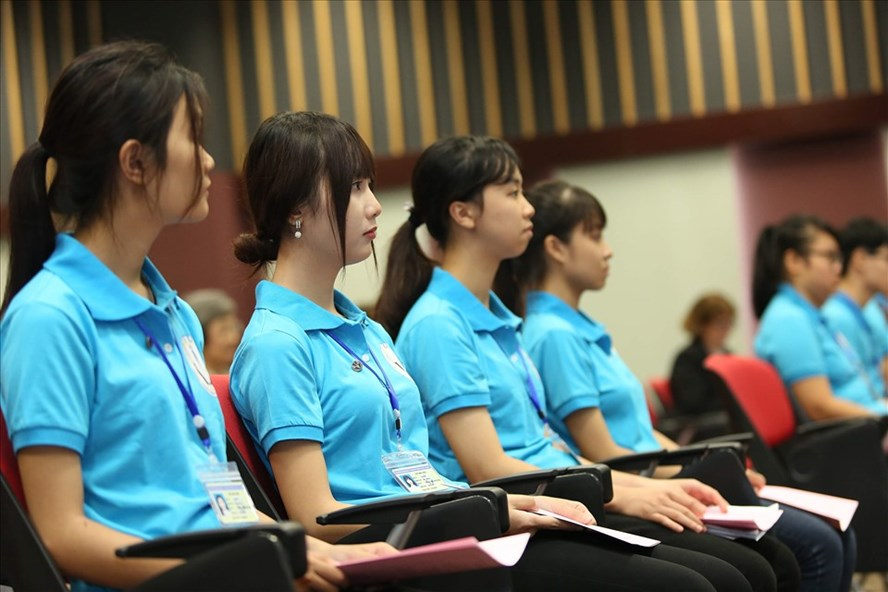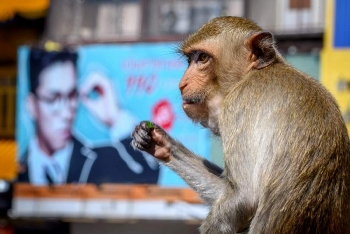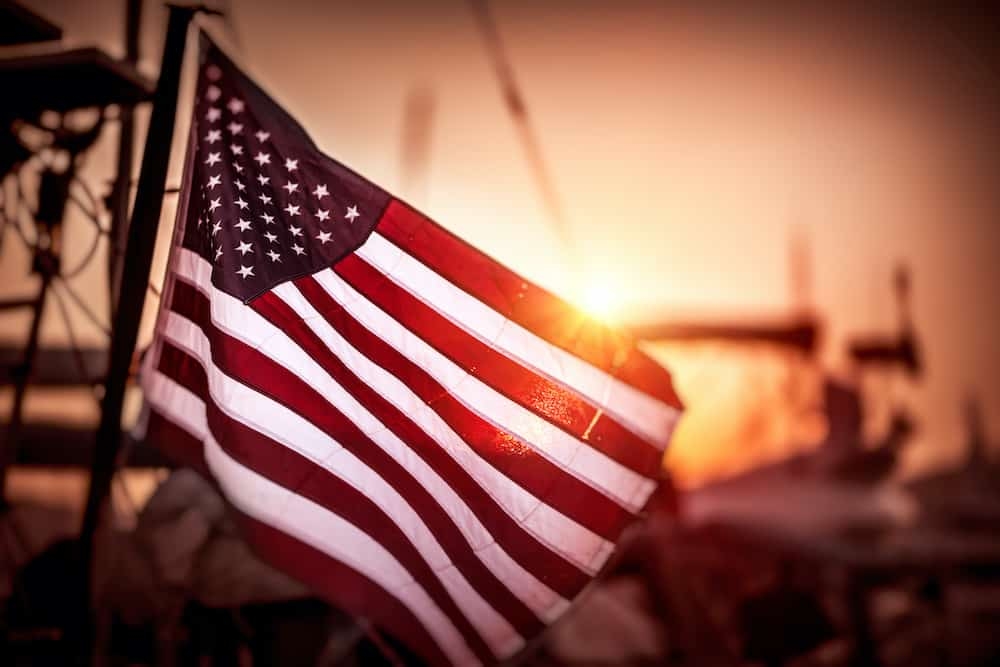Labour Day 2020: History, meaning, founder, celebration, facts
| Door reopen for Vietnamese guest workers | |
| Child labour in Hochiminh city is supported for prevention and reduction | |
| Western retailers boycott Thai coconuts over inhumane monkey labour |
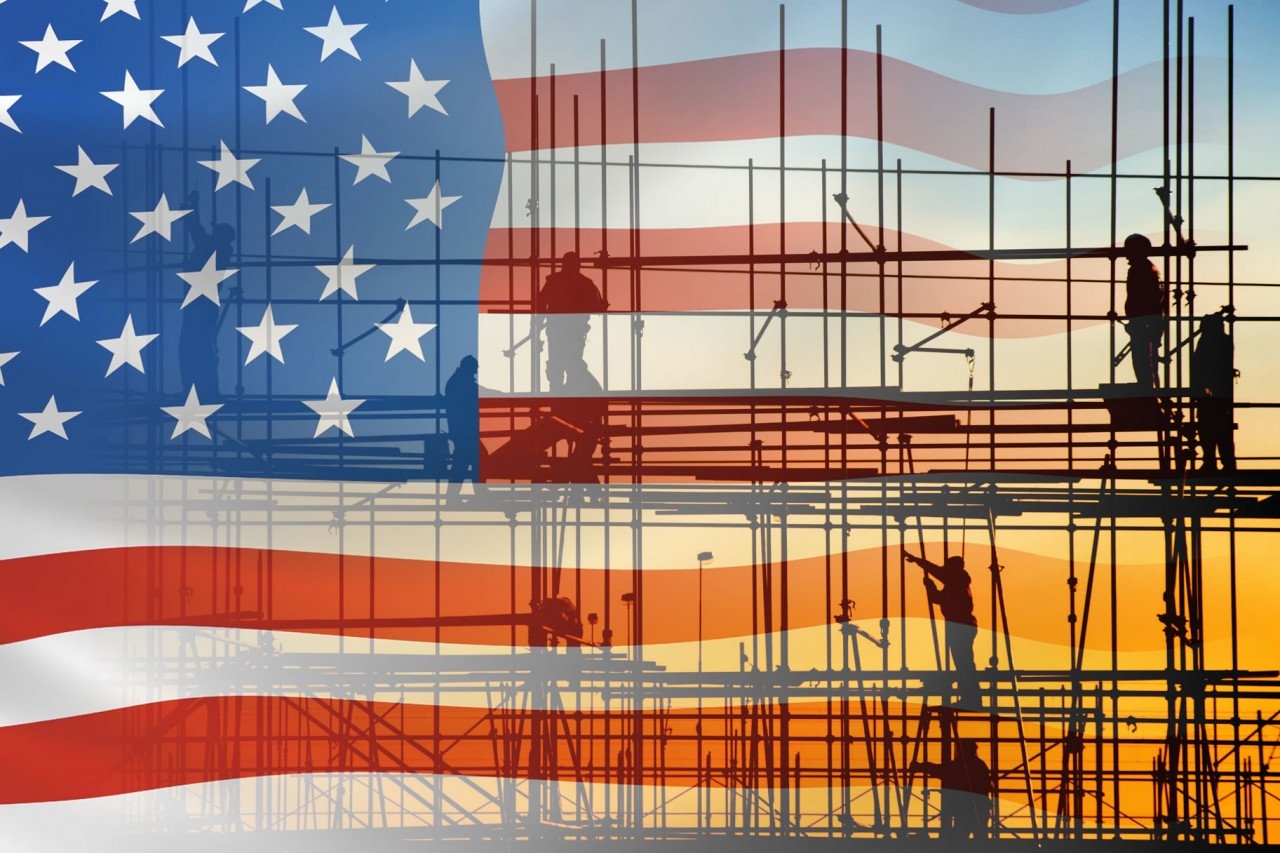 |
| Labor Day, an annual celebration of workers and their achievements (Photo: Office Holidays) |
Labour Day’s history
Labor Day, an annual celebration of workers and their achievements, originated during one of American labor history’s most dismal chapters.
In the late 1800s, at the height of the Industrial Revolution in the United States, the average American worked 12-hour days and seven-day weeks in order to eke out a basic living. Despite restrictions in some states, children as young as 5 or 6 toiled in mills, factories and mines across the country, earning a fraction of their adult counterparts’ wages.
According to History, people of all ages particularly the very poor and recent immigrants, often faced extremely unsafe working conditions, with insufficient access to fresh air, sanitary facilities and breaks.
As manufacturing increasingly supplanted agriculture as the wellspring of American employment, labor unions, which had first appeared in the late 18th century, grew more prominent and vocal. They began organizing strikes and rallies to protest poor conditions and compel employers to renegotiate hours and pay.
Many of these events turned violent during this period, including the infamous Haymarket Riot of 1886, in which several Chicago policemen and workers were killed. Others gave rise to longstanding traditions: On September 5, 1882, 10,000 workers took unpaid time off to march from City Hall to Union Square in New York City, holding the first Labor Day parade in U.S. history.
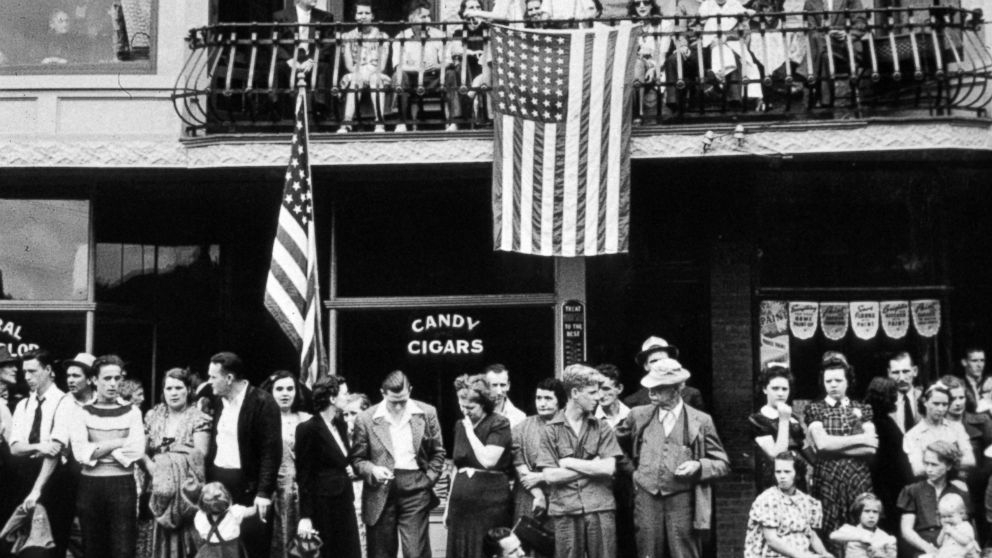 |
| Spectators look on at a Labor Day parade, Sept. 1, 1940, in Du Bois, Penn (Photo: Getty Images) |
The idea of a “workingmen’s holiday,” celebrated on the first Monday in September, caught on in other industrial centers across the country, and many states passed legislation recognizing it. Congress would not legalize the holiday until 12 years later, when a watershed moment in American labor history brought workers’ rights squarely into the public’s view. On May 11, 1894, employees of the Pullman Palace Car Company in Chicago went on strike to protest wage cuts and the firing of union representatives.
On June 26, the American Railroad Union, led by Eugene V. Debs, called for a boycott of all Pullman railway cars, crippling railroad traffic nationwide. To break the Pullman strike, the federal government dispatched troops to Chicago, unleashing a wave of riots that resulted in the deaths of more than a dozen workers.
Founder of Labor Day
As reported by the US Department of Labour, more than a century after the first Labor Day observance, there is still some doubt as to who first proposed the holiday for workers.
Some records show that Peter J. McGuire, general secretary of the Brotherhood of Carpenters and Joiners and a co-founder of the American Federation of Labor, was first in suggesting a day to honor those "who from rude nature have delved and carved all the grandeur we behold."
But Peter McGuire's place in Labor Day history has not gone unchallenged. Many believe that Matthew Maguire, a machinist, not Peter McGuire, founded the holiday. Recent research seems to support the contention that Matthew Maguire, later the secretary of Local 344 of the International Association of Machinists in Paterson, N.J., proposed the holiday in 1882 while serving as secretary of the Central Labor Union in New York. What is clear is that the Central Labor Union adopted a Labor Day proposal and appointed a committee to plan a demonstration and picnic.
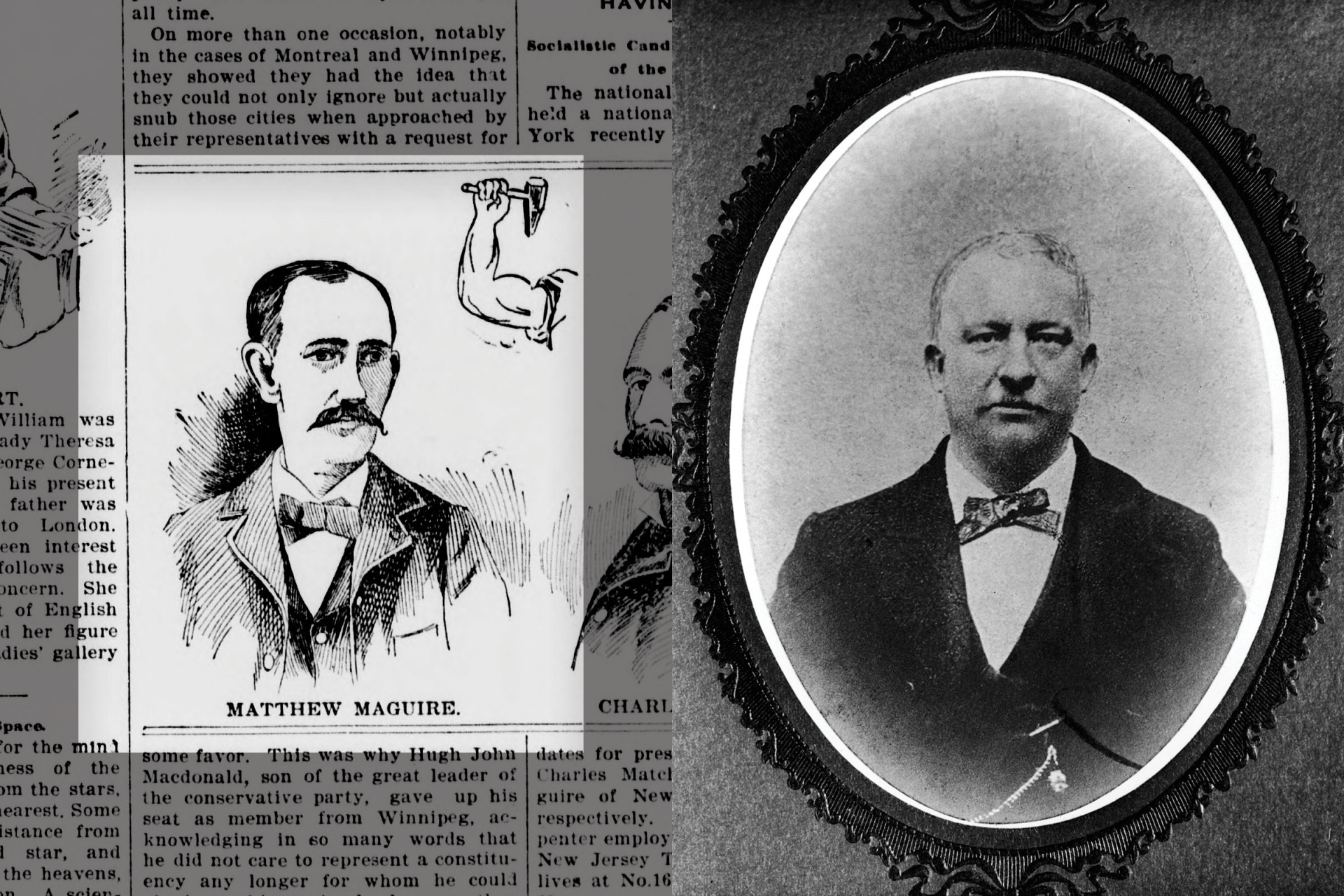 |
| An illustration of Matthew Maguire in the Sept. 24, 1896, issue of the Lewiston Teller; Portrait of Peter J. McGuire (Photo: Times) |
The First Labor Day
The first Labor Day holiday was celebrated on Tuesday, September 5, 1882, in New York City, in accordance with the plans of the Central Labor Union. The Central Labor Union held its second Labor Day holiday just a year later, on September 5, 1883.
By 1894, 23 more states had adopted the holiday, and on June 28, 1894, President Grover Cleveland signed a law making the first Monday in September of each year a national holiday.
A Nationwide Holiday
The form that the observance and celebration of Labor Day should take was outlined in the first proposal of the holiday — a street parade to exhibit to the public "the strength and esprit de corps of the trade and labor organizations" of the community, followed by a festival for the recreation and amusement of the workers and their families. This became the pattern for the celebrations of Labor Day.
Speeches by prominent men and women were introduced later, as more emphasis was placed upon the economic and civic significance of the holiday. Still later, by a resolution of the American Federation of Labor convention of 1909, the Sunday preceding Labor Day was adopted as Labor Sunday and dedicated to the spiritual and educational aspects of the labor movement.
The character of the Labor Day celebration has changed in recent years, especially in large industrial centers where mass displays and huge parades have proved a problem. This change, however, is more a shift in emphasis and medium of expression. Labor Day addresses by leading union officials, industrialists, educators, clerics, and government officials are given wide coverage in newspapers, radio, and television.
The vital force of labor added materially to the highest standard of living and the greatest production the world has ever known and has brought us closer to the realization of our traditional ideals of economic and political democracy. It is appropriate, therefore, that the nation pays tribute on Labor Day to the creator of so much of the nation's strength, freedom, and leadership – the American worker, according to the US Department of Labour.
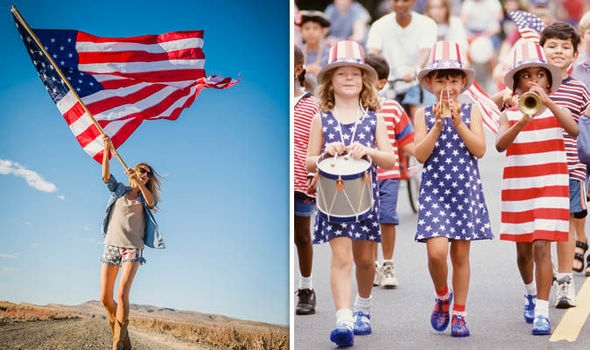 |
| (Photo: Daily Express) |
Facts
Is Labor Day a Public Holiday?
Labor Day is a public holiday. It is a day off for the general population, and schools and most businesses are closed, according to Time and Date.
Labor Day Weekend
All Government offices, organizations, and many businesses are closed. Many cities, towns, and neighborhoods organize and hold public celebrations such as firework displays, picnics, and barbecues.
Many residents take advantage of the long Labor Day weekend to take a last summer trip. Because of this, there may be traffic congestion on highways and at airports. Public transit systems do not usually operate on their regular timetables.
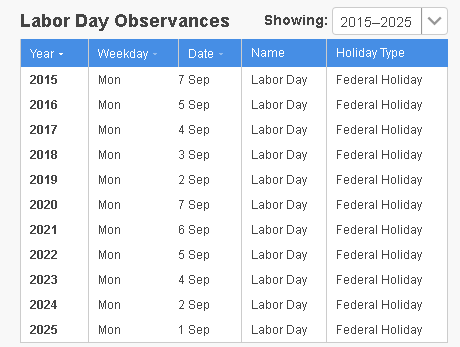 |
| (Photo: Time and Date) |
Last Break Before School Starts
For students, Labor Day is the last chance to take a break before school starts again for the fall session.
The American football season begins on or around Labor Day, and many teams play their first game of the season during the Labor Day weekend.
A Day for Workers
The first Labor Day was held in 1882, and its origins stem from the Central Labor Union's desire to create a holiday for workers. It became a federal holiday in 1894.
Originally, it was intended that the day would be filled with a street parade to allow the public to appreciate the trade and labor organizations' work. After the parade, a festival was to be held to amuse local workers and their families. In later years, prominent men and women had speeches. This is less common now but is sometimes seen in election years.
One of the reasons for choosing to celebrate this on the first Monday in September, and not on May 1, which is common in the rest of the world, was to add a holiday in the long gap between Independence Day in July and Thanksgiving in November.
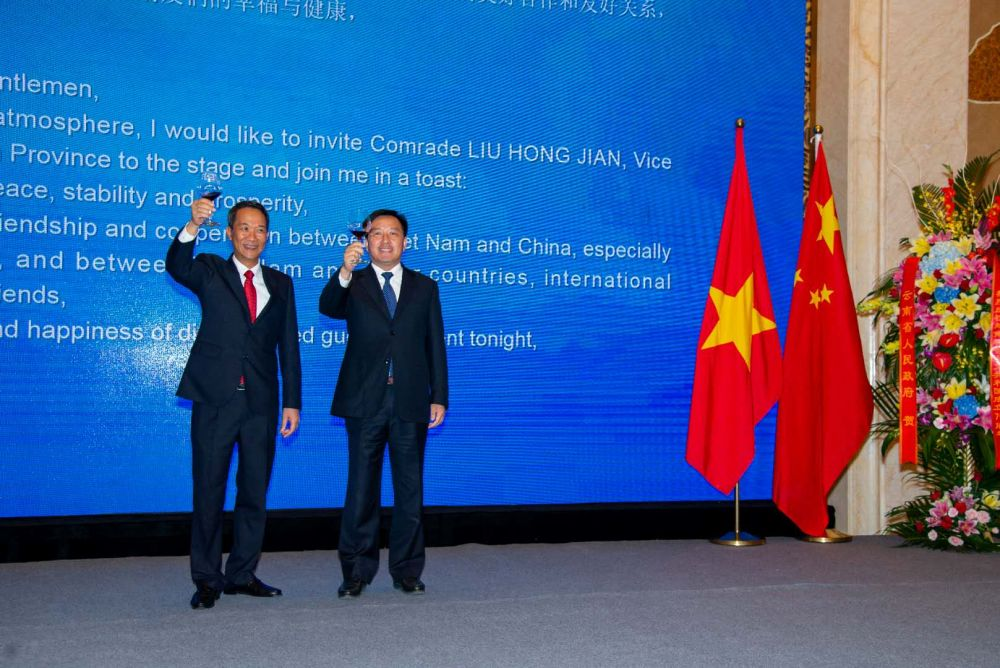 | Vietnam’s National Independent Day marked in China's Kunming The Vietnamese Consulate General in Kunming, China, held a ceremony and banquet on August 28 to mark Vietnam’s National Day (September 2). |
 | Tourists sites reopen for national public holiday A number of tourist sites across Vietnam resume their operation to recieve arrivals including Hoi An and Hue, central Vietnam as the country is celebrating ... |
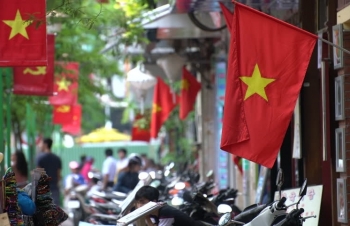 | Anti-epidemic measures remain strict during public holiday Quarantine and epidemic preventive regulations in the community kept under continuation, especially at tourist attractions during public holidays, the National Steering Committee for COVID-19 Prevention ... |
Recommended
 World
World
India reports 9 Pakistani Aircraft Destroyed In Operation Sindoor Strikes
 World
World
Thailand Positions Itself As a Global Wellness Destination
 World
World
Indonesia Accelerates Procedures to Join OECD
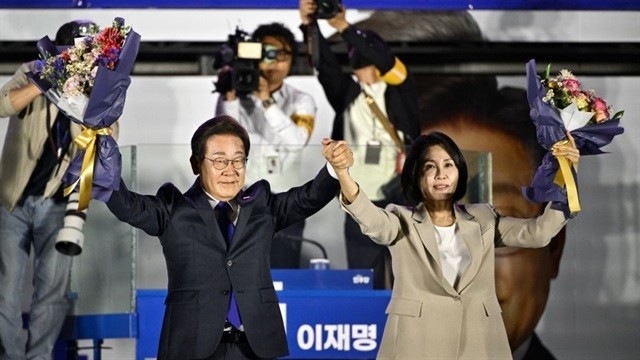 World
World
South Korea elects Lee Jae-myung president
Popular article
 World
World
22nd Shangri-La Dialogue: Japan, Philippines boost defence cooperation
 World
World
Pakistan NCRC report explores emerging child rights issues
 World
World
"India has right to defend herself against terror," says German Foreign Minister, endorses Op Sindoor
 World
World

